Beginner Yoga Backbend Practice With Kino. .(x)








Beginner Yoga Backbend Practice with Kino. .(x)
If you want to move into backbends but don’t feel flexible this is the perfect practice to start with. Do this once a week for at least a month and then see how you feel.
More Posts from I-lik3-giants and Others


noodles in a onesie

i love this

My friends and I were going to make a Zine, our first one being about sex on drugs. This was my contribution. The Zine never made it but I want to share anyways.

people say ‘I love you’ in a lot of different ways
'eat something'
'buckle up'
'get some sleep'
The Shakespearean Moons of Uranus
This weekend marks the 400th anniversary of Shakespeare’s death, and we’re highlighting the moons of Uranus; some of which are named after characters from his works.

While most of the moons orbiting other planets take their names from Greek mythology, Uranus’ moons are unique in bing named for Shakespearean characters, along with a couple of them being named for characters from the works of Alexander Pope.

Using the Hubble Space Telescope and improved ground-based telescopes, astronomers have discovered a total of 27 known moons around Uranus.
Here’s a sampling of some of the unique aspects of the moons:
Miranda

Shakespearean work: The Tempest
Miranda, the innermost and smallest of the five major satellites, has a surface unlike any other moon that’s been seen. It has a giant fault canyon as much as 12 times as deep as the Grand Canyon, terraced layers and surfaces that appear very old, and others that look much younger.
Ariel

Shakespearean work: The Tempest
Ariel has the brightest and possibly the youngest surface among all the moons of Uranus. It has a few large craters and many small ones, indicating that fairly recent low-impact collisions wiped out the large craters that would have been left by much earlier, bigger strikes. Intersecting valleys pitted with craters scars its surface.
Oberon

Shakespearean work: A Midsummer Night’s Dream
Oberon, the outermost of the five major moons, is old, heavily cratered and shows little signs of internal activity. Unidentified dark material appears on the floors of many of its craters.
Cordelia and Ophelia

Shakespearean works: Cordelia - King Lear; Ophelia - Hamlet
Cordelia and Ophelia are shepherd moons that keep Uranus’ thin, outermost “epsilon” ring well defined.
Between them and miranda is a swarm of eight small satellites unlike any other system of planetary moons. This region is so crowded that astronomers don’t yet understand how the little moons have managed to avoid crashing into each other. They may be shepherds for the planet’s 10 narrow rings, and scientists think there must be still more moons, interior to any known, to confine the edges of the inner rings.
Want to learn more about all of Uranus’s moons? Visit: http://solarsystem.nasa.gov/planets/uranus/moons
Check out THIS blog from our Chief Scientist Ellen Stofan, where she reflects on the life and legacy of William Shakespeare on the 400th anniversary of his death on April 23, 1616.
Make sure to follow us on Tumblr for your regular dose of space: http://nasa.tumblr.com

5 Myths About Becoming an Astronaut
Have you ever wondered if you have what it takes to become a NASA Astronaut? The term “astronaut” derives from the Greek word meaning “space sailor,” and refers to all who have been launched as crew members aboard NASA spacecraft bound for orbit and beyond.
We’re looking for a new class of astronauts to join the NASA team, and here are a few things to know.
Here are a few myths about becoming an astronaut:
MYTH: All astronauts have piloting experience.
FACT: You don’t need to be a pilot to be an astronaut. Flying experience is not a requirement, but could be beneficial to have.

MYTH: All astronauts have perfect vision.
FACT: It’s okay if you don’t have 20/20 vision. As of September 2007, corrective surgical procedures of the eye (PRK and LASIK), are now allowed, providing at least 1 year has passed since the date of the procedure with no permanent adverse after effects.

MYTH: All astronauts have advanced degrees like, a PhD.
FACT: While a Bachelor’s degree from an accredited university is necessary, an advanced degree is not required to become an astronaut.

MYTH: Astronauts are required to have military experience in order to be selected.
FACT: Military experience is not required to become an astronaut.

MYTH: You have to be a certain age in order to be an astronaut.
FACT: There are no age restrictions. Astronaut candidates selected in the past have ranged between the ages of 26 and 46, with the average age being 34.

Okay, but What are the requirements?

Basic Qualification Requirements
Applicants must meet the following minimum requirements before submitting an application.
Bachelor’s degree from an accredited institution in engineering, biological science, physical science or mathematics.
Degree must be followed by at least 3 years of related, progressively responsible, professional experience or at least 1,000 pilot-in-command time in jet aircraft. An advanced degree is desirable and may be substituted for experience as follows: master’s degree = 1 year of experience, doctoral degree = 3 years of experience. Teaching experience, including experience at the K - 12 levels, is considered to be qualifying experience for the Astronaut Candidate position; provided degree is in a Science, Engineering, or Mathematics field.
Ability to pass the NASA Astronaut physical, which includes the following specific requirements:
Distant and near visual acuity: Must be correctable to 20/20, each eye
The refractive surgical procedures of the eye, PRK and LASIK, are allowed, providing at least 1 year has passed since the date of the procedure with no permanent adverse after effects. For those applicants under final consideration, an operative report on the surgical procedure will be requested.
Blood pressure not to exceed 140/90 measured in a sitting position
Standing height between 62 and 75 inches
Applications for our next astronaut class open on Dec. 14! Visit: http://www.nasa.gov/astronauts/
Make sure to follow us on Tumblr for your regular dose of space: http://nasa.tumblr.com


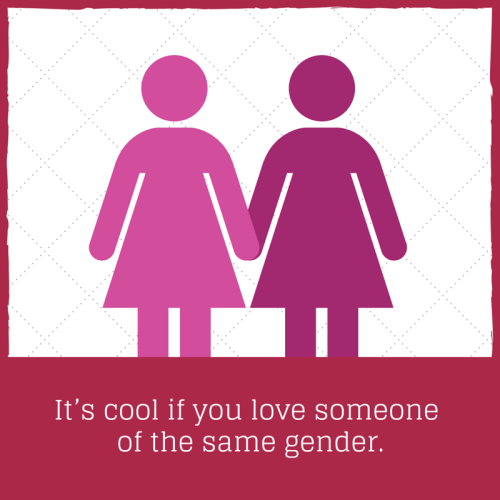
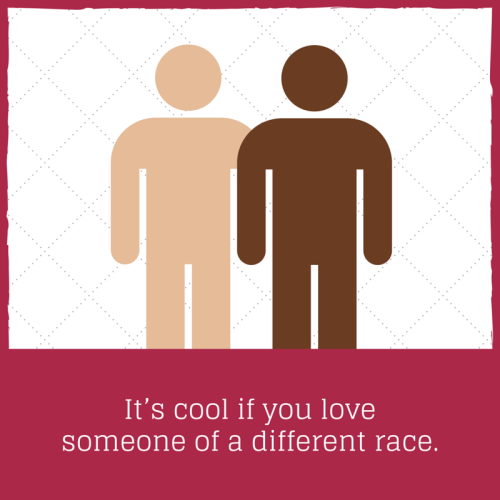
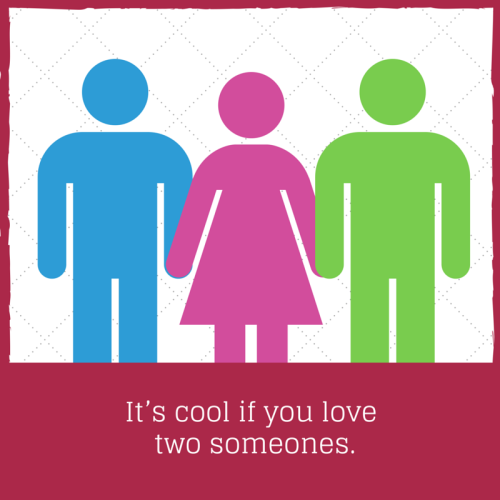
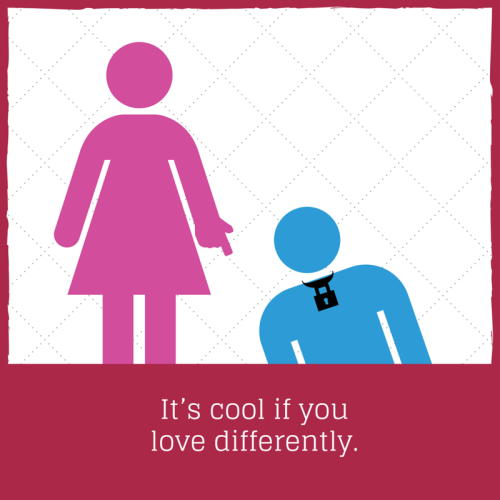
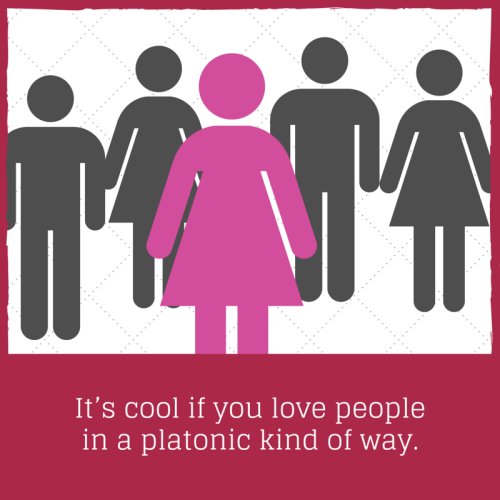
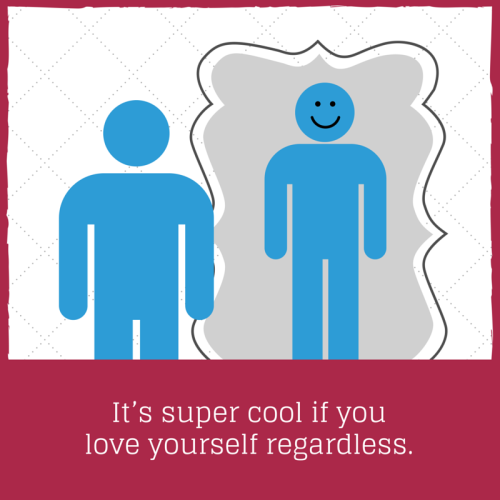
-
 vegancakes liked this · 3 years ago
vegancakes liked this · 3 years ago -
 miamor2112 reblogged this · 3 years ago
miamor2112 reblogged this · 3 years ago -
 bodyworkin-prnh reblogged this · 3 years ago
bodyworkin-prnh reblogged this · 3 years ago -
 giornodopogiornomisfido liked this · 3 years ago
giornodopogiornomisfido liked this · 3 years ago -
 meinnameistearl liked this · 3 years ago
meinnameistearl liked this · 3 years ago -
 kai-arae liked this · 3 years ago
kai-arae liked this · 3 years ago -
 finding-myself-happy reblogged this · 3 years ago
finding-myself-happy reblogged this · 3 years ago -
 avocados-and-co reblogged this · 3 years ago
avocados-and-co reblogged this · 3 years ago -
 kayakingintheeyeofthestorm reblogged this · 3 years ago
kayakingintheeyeofthestorm reblogged this · 3 years ago -
 kayakingintheeyeofthestorm liked this · 3 years ago
kayakingintheeyeofthestorm liked this · 3 years ago -
 sirrah22 reblogged this · 3 years ago
sirrah22 reblogged this · 3 years ago -
 greengoddesswitch reblogged this · 3 years ago
greengoddesswitch reblogged this · 3 years ago -
 dipincoco liked this · 3 years ago
dipincoco liked this · 3 years ago -
 peachplumblueberryyogurt liked this · 3 years ago
peachplumblueberryyogurt liked this · 3 years ago -
 schmidtdt liked this · 3 years ago
schmidtdt liked this · 3 years ago -
 plaisirducorps liked this · 4 years ago
plaisirducorps liked this · 4 years ago -
 rosewinnieuncut reblogged this · 4 years ago
rosewinnieuncut reblogged this · 4 years ago -
 proditionesamator reblogged this · 4 years ago
proditionesamator reblogged this · 4 years ago -
 stephaniexwins reblogged this · 4 years ago
stephaniexwins reblogged this · 4 years ago -
 stephaniexwins liked this · 4 years ago
stephaniexwins liked this · 4 years ago -
 freemantim liked this · 4 years ago
freemantim liked this · 4 years ago -
 geekygirlshealthyliving reblogged this · 4 years ago
geekygirlshealthyliving reblogged this · 4 years ago -
 graciabrams liked this · 4 years ago
graciabrams liked this · 4 years ago -
 berries-and-barbells liked this · 4 years ago
berries-and-barbells liked this · 4 years ago -
 rich211 reblogged this · 4 years ago
rich211 reblogged this · 4 years ago -
 rich211 liked this · 4 years ago
rich211 liked this · 4 years ago -
 happyhealthyfit liked this · 4 years ago
happyhealthyfit liked this · 4 years ago -
 fitbumvol3 reblogged this · 4 years ago
fitbumvol3 reblogged this · 4 years ago -
 kelsyer77 liked this · 4 years ago
kelsyer77 liked this · 4 years ago -
 yourfacee reblogged this · 4 years ago
yourfacee reblogged this · 4 years ago -
 fitnessjourneymotivation reblogged this · 4 years ago
fitnessjourneymotivation reblogged this · 4 years ago -
 tdawg77 reblogged this · 4 years ago
tdawg77 reblogged this · 4 years ago -
 tdawg77 liked this · 4 years ago
tdawg77 liked this · 4 years ago -
 unique-amongst-many liked this · 4 years ago
unique-amongst-many liked this · 4 years ago -
 megajujumanposts liked this · 4 years ago
megajujumanposts liked this · 4 years ago